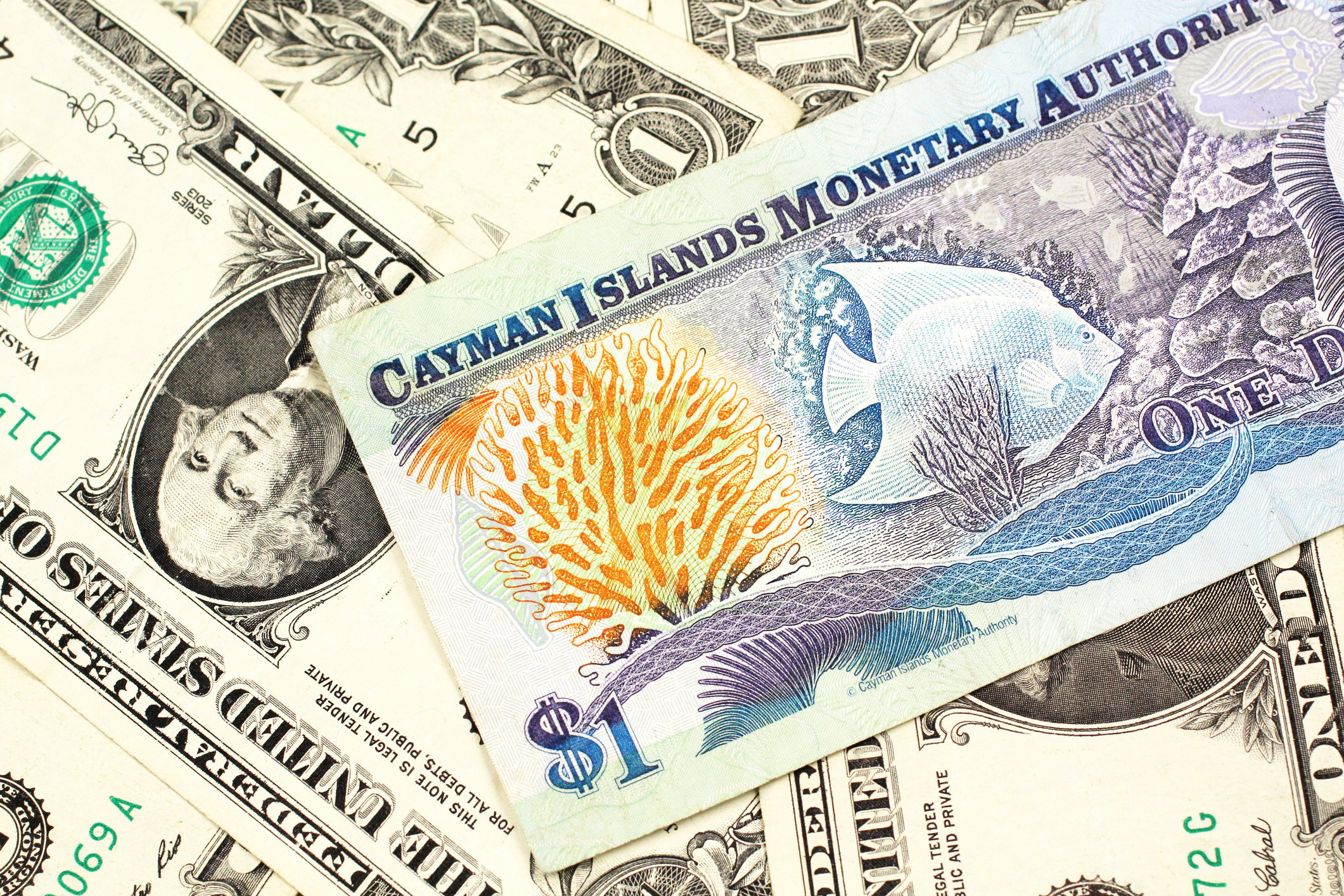3 min read
Trouble in Paradise? Understanding Risks of Financial Activities in The Cayman Islands
Nathan Vallejos
:
May 16, 2022

At a glance, the Cayman Islands may simply appear to be a small collection of islands located in the Caribbean Sea with less than 100,000 residents that are only notable for being a British Overseas Territory. These looks can be deceiving, since despite the Cayman Islands’ small population and geographic footprint they are a major international financial center. Per the 2019 Mutual Evaluation conducted by the Financial Action Task Force (FATF): “The Cayman Islands boasted the 6th largest banking sector in the world with a cross border asset position valued at $1.365 trillion dollars and was the 5th largest financial jurisdiction by cross border liabilities valued at $1.347 trillion” (Risks and General Situation, 8). Why the Cayman Islands is such a large international financial center is due in part to the ease of operating a business in the Cayman Islands – the territory famously lacks any taxation on corporate profits, capital gains and personal income for corporations and individuals who operate within the territory (Chon, 2). Additionally, the Cayman Islands has notably relaxed regulations for entities operating within its jurisdiction.
An unfortunate by-product of this relaxed regulatory atmosphere is the significant money-laundering and greater financial crime concerns in the Cayman Islands; which has led to them being placed on FATF’s Grey List and the European Union’s High Risk Third Country list as a jurisdiction with significant strategic deficiencies in its anti-money-laundering regulations and enforcement.
What Issues have been identified?
- Both FATF in its mutual evaluation and the European Union have identified major deficiencies in the Cayman Islands anti-money laundering regime, which includes the following issues:
- The Cayman Islands was identified to have too much focus on domestic financial crime risks and not have enough focus on international financial crime risks.
- Not imposing sanctions on relevant entities that do not file completed and up-to-date information on beneficial ownership with Cayman Authorities.
- The Cayman Island’s National Risk Assessment (NRA) that it conducted did not adequately assess the risks in financial sectors not directly supervised within the territory.
- The sanctioning and asset seizure of entities and individuals that take part in Money-Laundering and other Financial Crimes within the territory was found to not be proportionate and did not dissuade Financial Crime from occurring within the territory
- The territory typically takes a reactive approach and responds to Financial Crime after it has happened; and does not always attempt to review complex cases and transactions.
- A lack of coordination between regulatory agencies and Financial Institutions within the jurisdiction.
What Strategies can Financial Institutions utilize to mitigate their risk in the Cayman Islands?
Banks and other financial institutions that have exposure to or host operations in the Cayman Islands have a variety of measures they can take to help limit the risk to them while operating in the Cayman Islands, including those described below:
- Understanding in-depth what your financial institution’s exposure is to the Cayman Islands.
- Does your financial institution host operations within the Cayman Islands?
- Are your institution’s clients registered or operating within the Cayman Islands?
- Banks and FIs can conduct more stringent Know Your Customer (KYC) actions on clients who are registered or operate in the Cayman Islands by determining:
- The entity type that is registered or operating in the Cayman Islands, particularly if they are a subsidiary of a larger entity or are managed by a different entity in another jurisdiction.
- The nature of the client's business and their reasons for their operating in the Cayman Islands.
- Whether the client is just registered in the Cayman Islands (and operating in another jurisdiction) or if they both are registered and operate there.
- The client’s source of wealth and revenue – particularly if they receive revenue from the Cayman Islands or hold significant assets there.
- Banks and FIs can also try to identify how other financial institutions are mitigating their risk in the Cayman Islands – FATF has identified that many businesses have strong measures in place to limit AML issues; and can provide specific training with, if feasible, subject-matter-experts that analysts can turn to when investigating entities with exposure in the Cayman Islands.
Despite the Cayman Islands' notable deficiencies in its anti-money-laundering program, there are still many mitigation measures and techniques to limit a financial institution’s risk from offering services to entities registered and/or operating in the Cayman Islands. It should be noted that the Cayman Islands has made efforts to improve its anti-money-laundering regime to acceptable FATF and European Union Standards, which has led to FATF rating the territory as largely compliant or fully compliant with all 40 of its recommendations. While the territory still has work to do, these continuing improvements only make it easier for financial institutions to manage their risk when working with Cayman Island entities.
For solutions to protect your business against financial crime, explore our range of products here. To ensure your financial service provider is well-equipped with the right technology to combat money laundering risks, explore our Arachnys software for frictionless KYC and AML Solutions.

